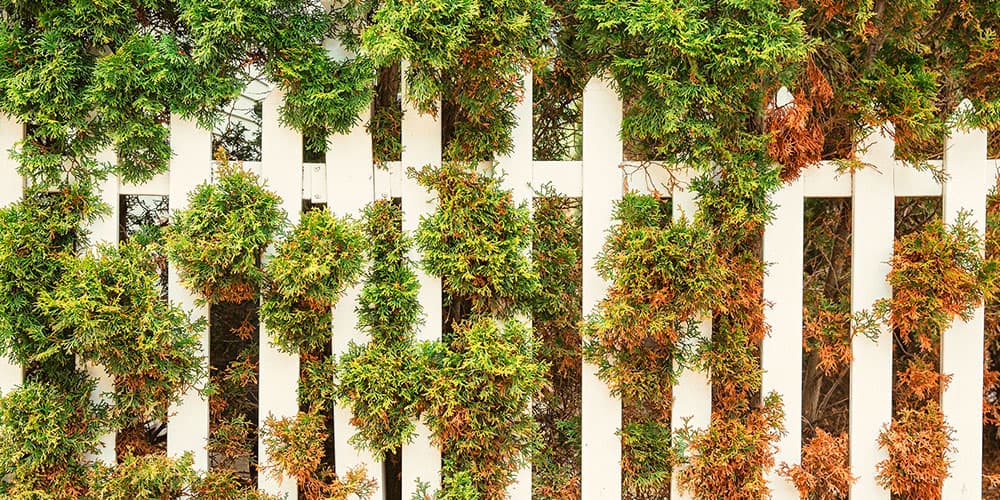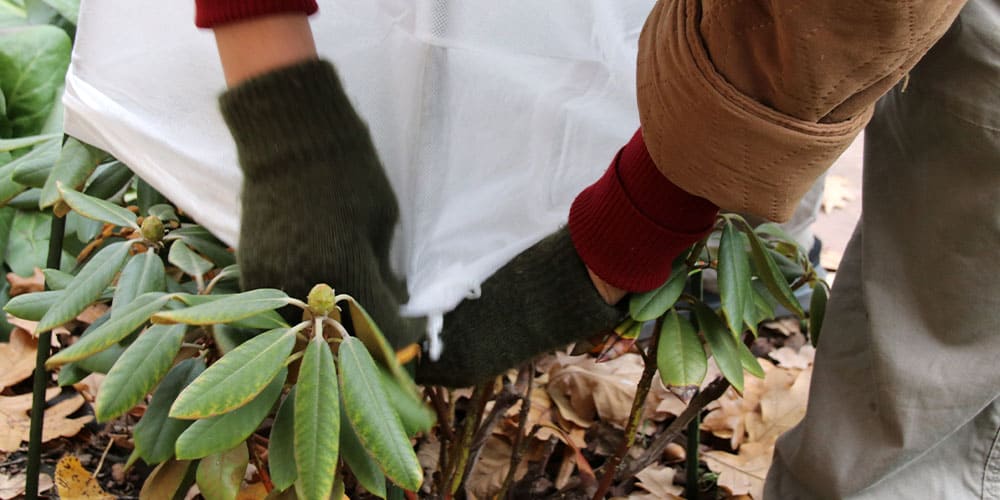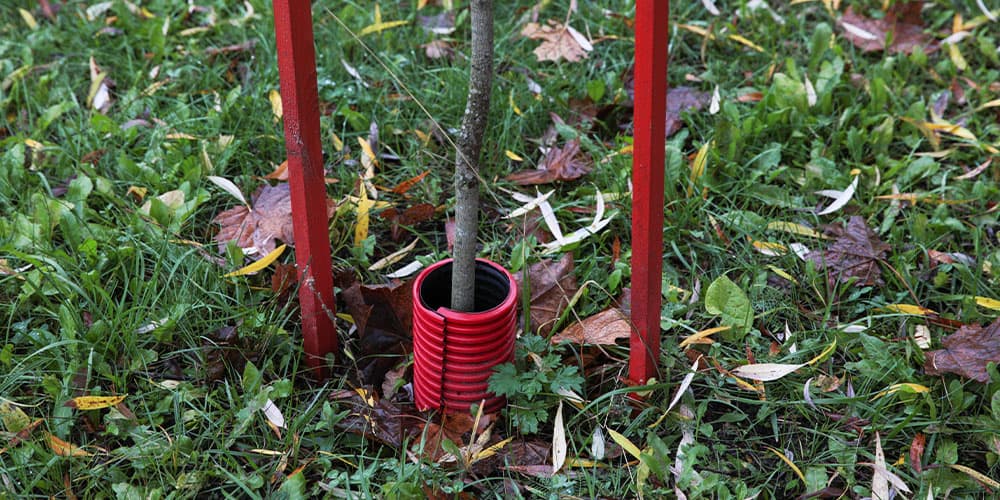It’s time to discover the truth about poinsettias. As it turns out, they’re not as toxic as we thought, not always red, and arguably not even flowers—at least not in the parts we thought. It’s time to cut through the myths and learn the fascinating facts and history behind these beautiful, harmless plants! Here are four myths and three fun facts about the poinsettia to help you become a more informed decorator this holiday season:
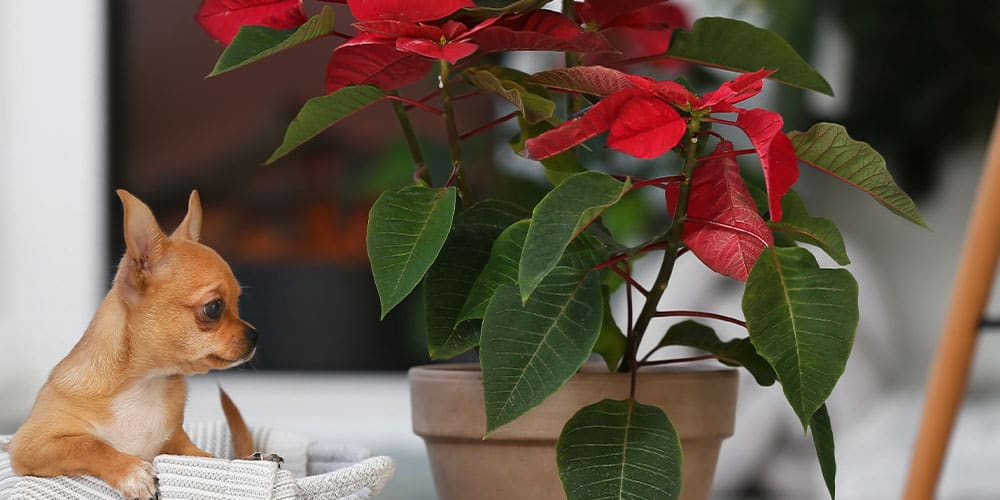 Myth #1: Poinsettias are Poisonous
Myth #1: Poinsettias are Poisonous
Once a plant gets a reputation for being poisonous, it’s hard to shake it. Even if we read countless articles that prove their harmlessness, there’s always a tiny voice in the back of our heads that wonders, “Yeah, but are they really safe?” Fortunately, with poinsettias, the answer is a resounding yes!
The poisonous poinsettia rumor dates all the way back to 1920, when a child allegedly died from eating the leaves. Although this was never proven, the myth took off. Since then, however, countless scientific reports have shown that poinsettias are, in fact, non-toxic to both pets and children. According to the Center for Poison Control, even a quantity of 500 leaves will not have a dangerous effect if eaten.
One thing to keep in mind is that the poinsettia’s sap is a mild skin irritant, and if your pet does eat the leaves, they may experience nausea or vomiting—a completely normal reaction to eating any non-edible plant. However, even though this plant is considered “non-edible,” it’s still not poisonous and won’t cause any serious health effects if your pet or child nibbles on a couple of leaves. This means we can safely put our worries aside and freely keep poinsettias around pets and children.
Myth #2: Poinsettias Don’t Last Long
Most people think of poinsettias as strictly Christmas plants; however, if you give them the proper care, they’ll stay in bloom for up to 2-3 months! To ensure a long bloom, take care not to overwater your poinsettia, and only give them a top-up when their soil is dry to the touch. Also, keep their room’s temperature at a steady 65-70 degrees, and avoid placing your poinsettias near any heat sources or cold drafts. Finally, remember to give them lots of natural light, and you’ll be rewarded with a healthy plant throughout the holidays and beyond!
 Myth #3: The Poinsettia’s Flowers Are the Bright Red Parts
Myth #3: The Poinsettia’s Flowers Are the Bright Red Parts
This one might seem a bit strange, but the red flowers on poinsettias aren’t technically flowers. They’re actually specialized leaves called flower bracts, which change colors during the bloom period. They act just like flower petals, attracting insects with their bright colors, but because they’re leaves, they last longer than typical blossoms. The poinsettia’s actual flowers are, in fact, the tiny gold and pink cups in the center of the flower bracts.
Myth #4: Poinsettias Are Always Red
While the traditional poinsettia color we all know and love is the classic bright red, plant growers have also bred varieties of white, pink, apricot, and variegated red and white poinsettias. Occasionally, you may even find blue poinsettias—perhaps similar to the illusive blue rose—but these are painted, not grown. However, all other varieties are just as authentic and beautiful as the classic scarlet poinsettia, so don’t be afraid to branch out and experiment with other poinsettia colors this holiday season!
 Fact #1: Poinsettias Make Excellent Cut Flowers
Fact #1: Poinsettias Make Excellent Cut Flowers
If you want to show off your poinsettias in a vase this year, you can turn them into cut flowers. The only trick is to singe the end of the flower stem with a match after cutting to prevent the latex-like sap from escaping. Doing so will help your cut poinsettias last for up to 1-2 weeks in a vase of water!
Fact #2: Poinsettias Come From Mexico
Poinsettias originate from a region in southern Mexico, where they grow upwards of 10-15 feet tall in the wild. The Aztecs used their flower bracts as a clothing dye and their latex-like sap for medicinal purposes. An American diplomat discovered the flower while on a tour of Mexico in the 1800s and sent clippings back home to be propagated. The plant’s popularity in North America quickly grew upon its introduction, becoming the holiday staple we all know and love today.
 Fact #3: Poinsettias Are Named After Joel Poinsett
Fact #3: Poinsettias Are Named After Joel Poinsett
Joel Poinsett was the American diplomat and botanist we just mentioned who discovered poinsettias in Mexico in 1828. He sent them back to his home in South Carolina, where he began propagating and sharing them with other horticulturalists. They eventually became an iconic holiday plant due to their December blooms and red and green color. Joel Poinsett died on December 12, 1851, which is now celebrated each year as national poinsettia day in honor of him and the beautiful flower he helped popularize.
Some myths take a long time to correct, and may never disappear completely. This statement definitely holds true for the poinsettia, whose long and fascinating history has long been plagued by rumors of their toxicity. Despite this myth, however, we can rest assured knowing that poinsettias are, in fact, as harmless as they are beautiful. Far from the deadly Christmas plant they’re rumored to be, poinsettias are harmless and can be safely enjoyed long after Christmas.
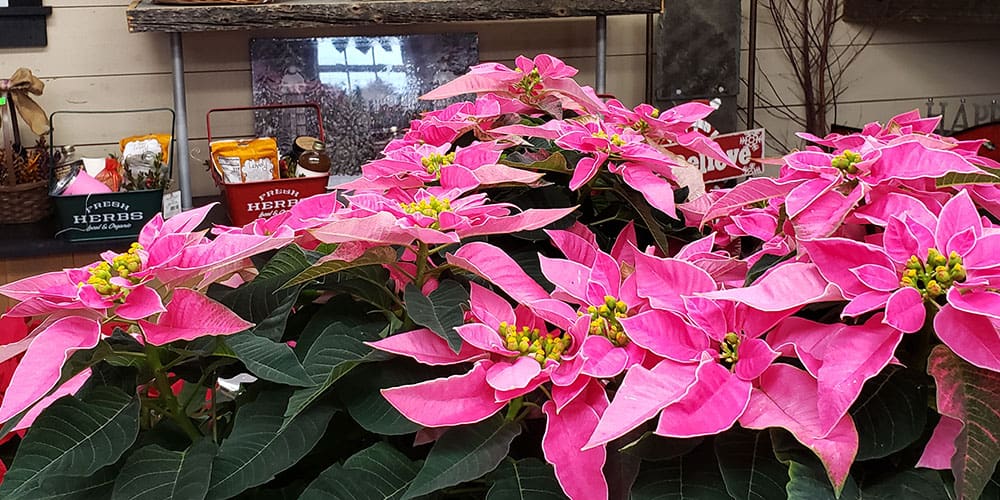 Come visit our garden center in Moultonborough, New Hampshire, to find your next poinsettia today! Also, don’t forget to follow us on Facebook and Instagram for updates and featured products.
Come visit our garden center in Moultonborough, New Hampshire, to find your next poinsettia today! Also, don’t forget to follow us on Facebook and Instagram for updates and featured products.


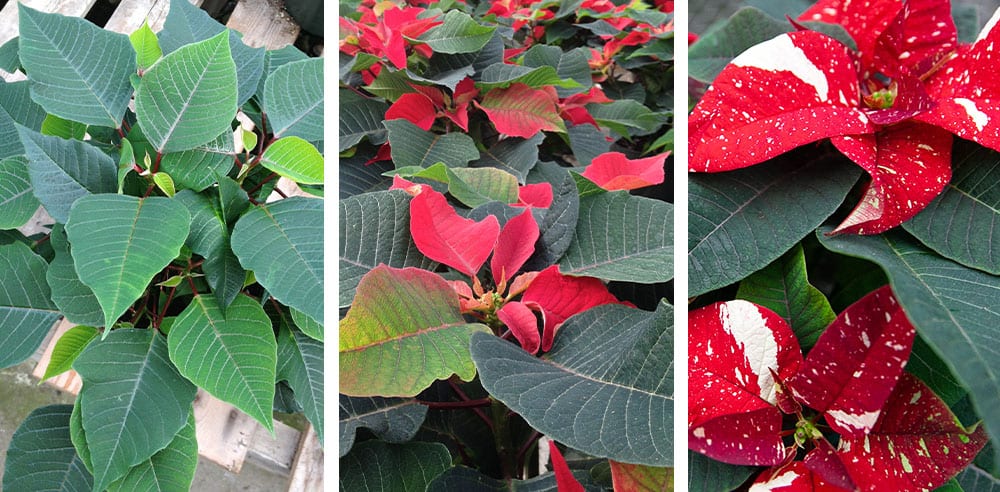 Myth #3: The Poinsettia’s Flowers Are the Bright Red Parts
Myth #3: The Poinsettia’s Flowers Are the Bright Red Parts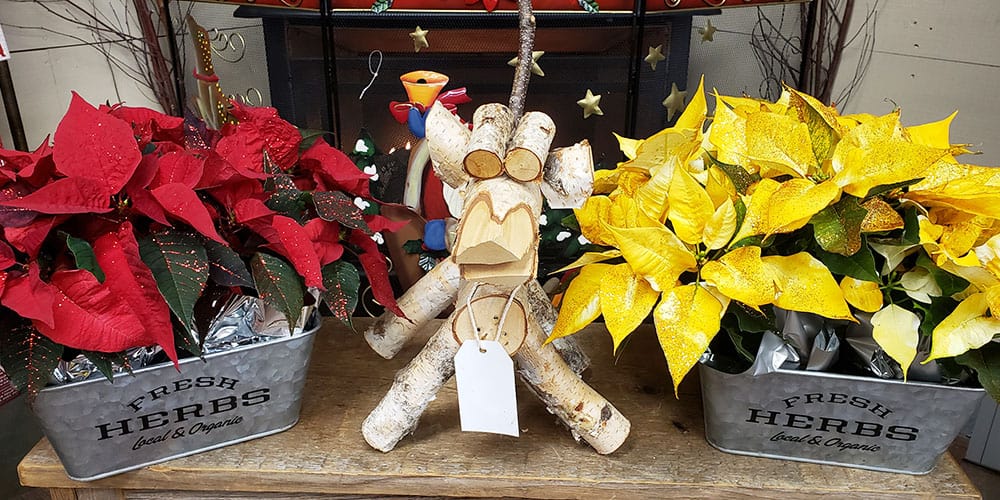 Fact #1: Poinsettias Make Excellent Cut Flowers
Fact #1: Poinsettias Make Excellent Cut Flowers  Fact #3: Poinsettias Are Named After Joel Poinsett
Fact #3: Poinsettias Are Named After Joel Poinsett 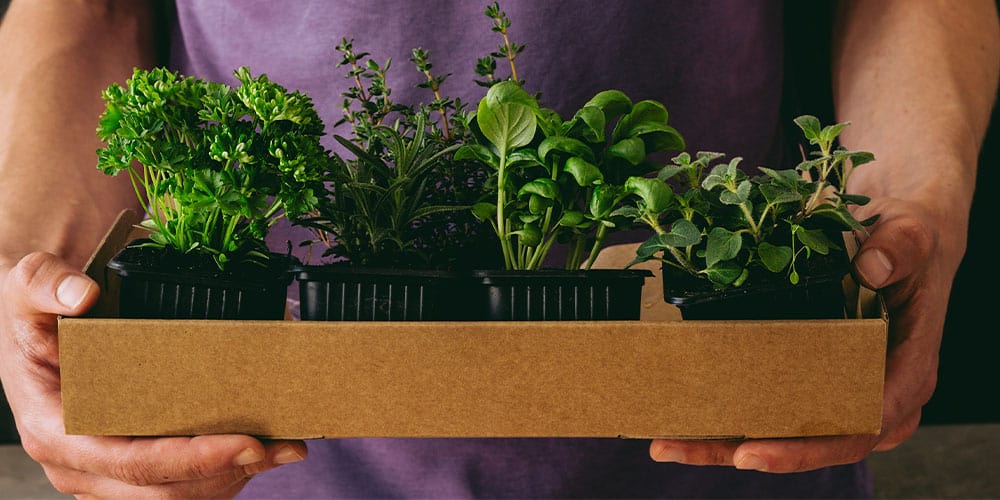 What Herbs Can You Grow Indoors?
What Herbs Can You Grow Indoors? 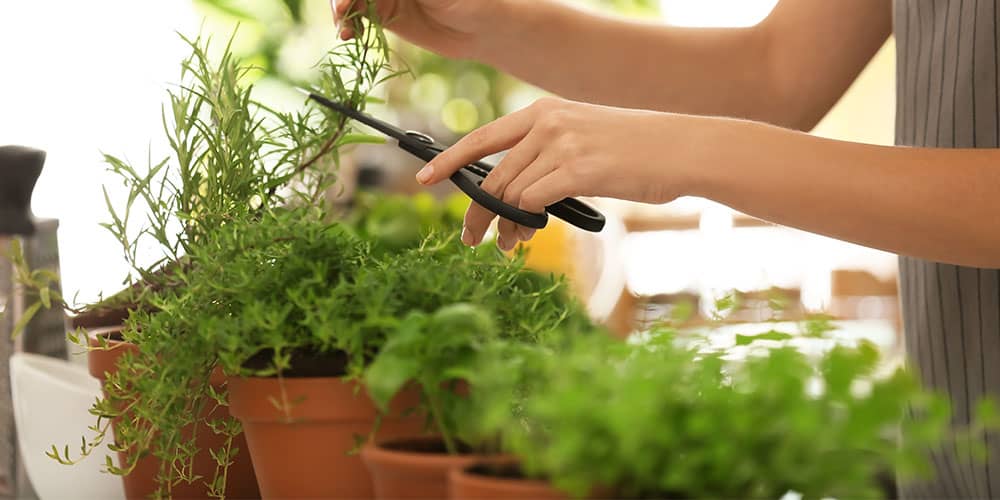 How to Harvest an Indoor Herb Garden
How to Harvest an Indoor Herb Garden 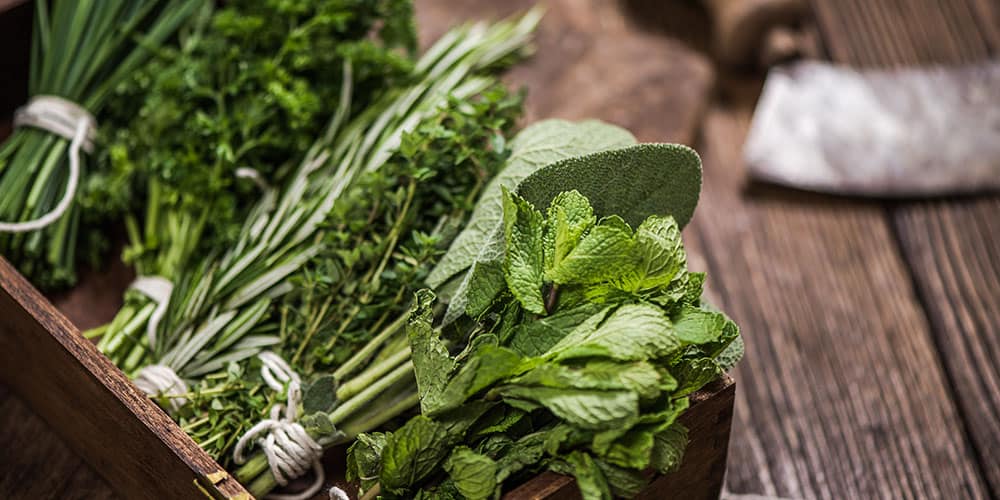 Extra Tips for a Successful Herb Garden
Extra Tips for a Successful Herb Garden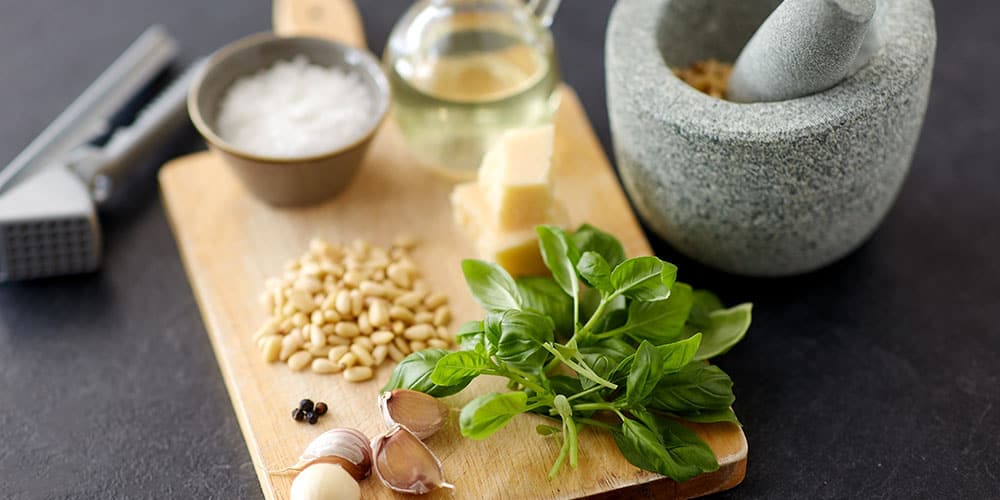 Recipe Ideas for Your Indoor Herb Garden
Recipe Ideas for Your Indoor Herb Garden 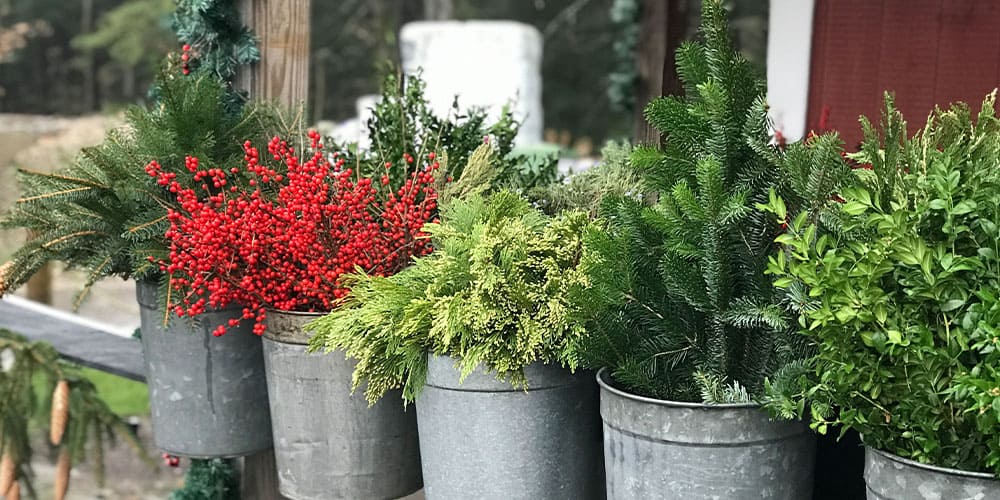 Evergreen Branches:
Evergreen Branches: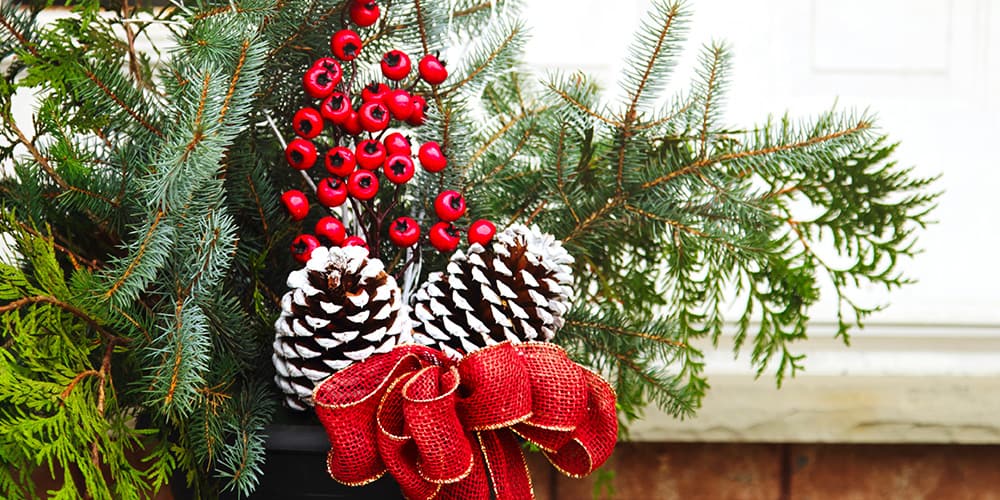 How to Design a Holiday Porch Pot
How to Design a Holiday Porch Pot 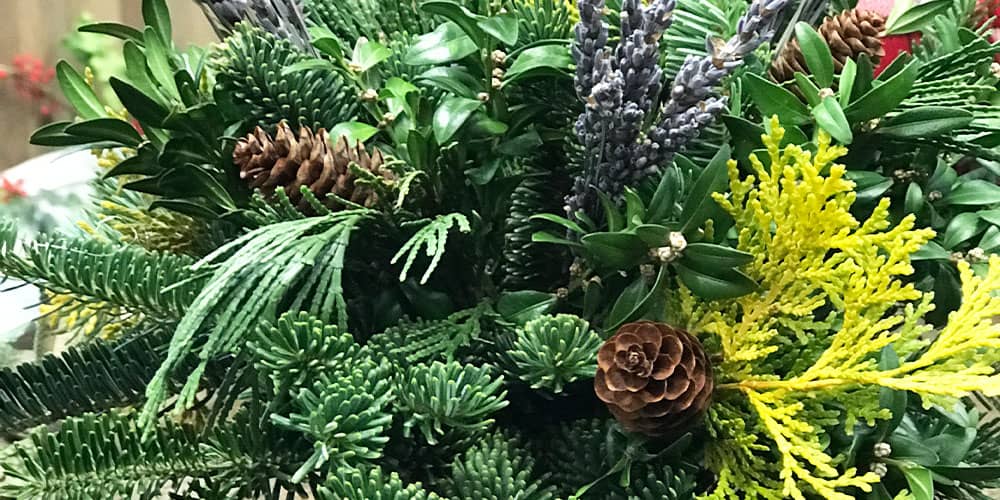 A Look of Abundance:
A Look of Abundance: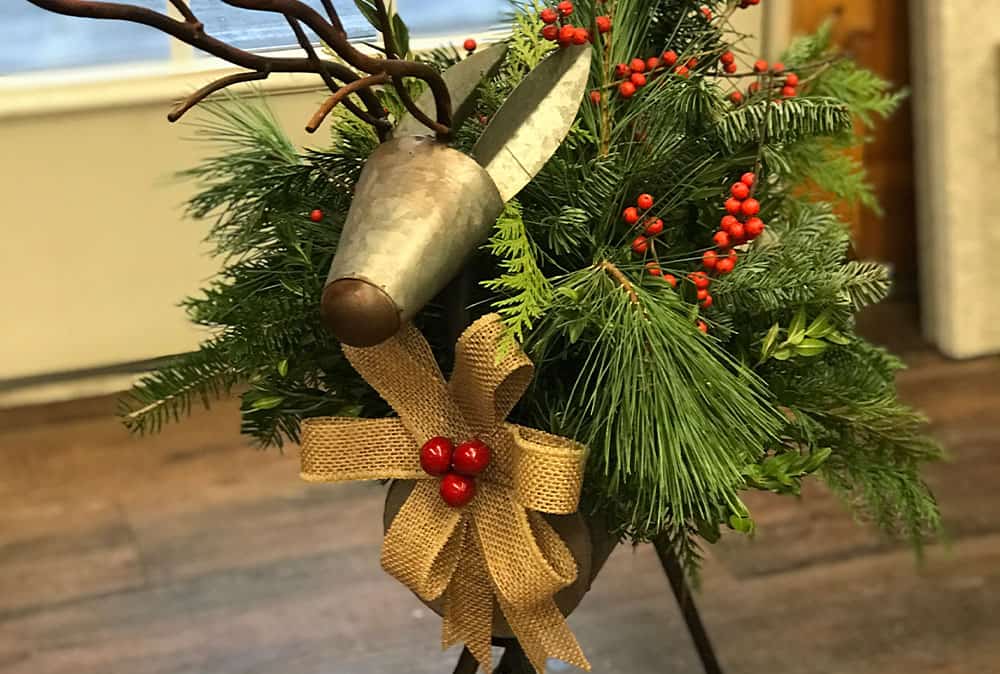 At the end of the day, holiday porch planters are all about creating seasonal art pieces, which means there’s a lot of room to experiment and play. Now that you know the basic steps, materials, and philosophy, feel free to experiment while making your own.
At the end of the day, holiday porch planters are all about creating seasonal art pieces, which means there’s a lot of room to experiment and play. Now that you know the basic steps, materials, and philosophy, feel free to experiment while making your own. 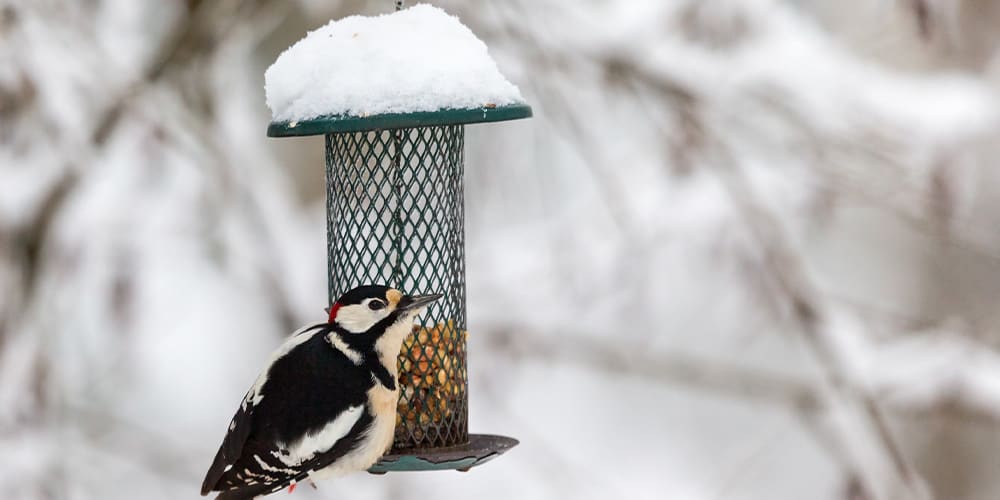 Which Birds Can I Expect to Attract?
Which Birds Can I Expect to Attract? 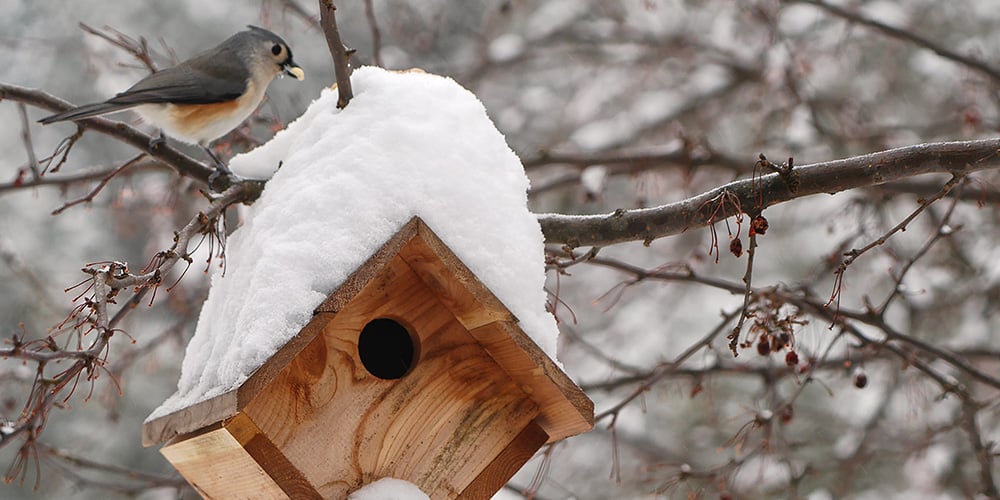 Other Ways to Attract Birds Over Winter
Other Ways to Attract Birds Over Winter 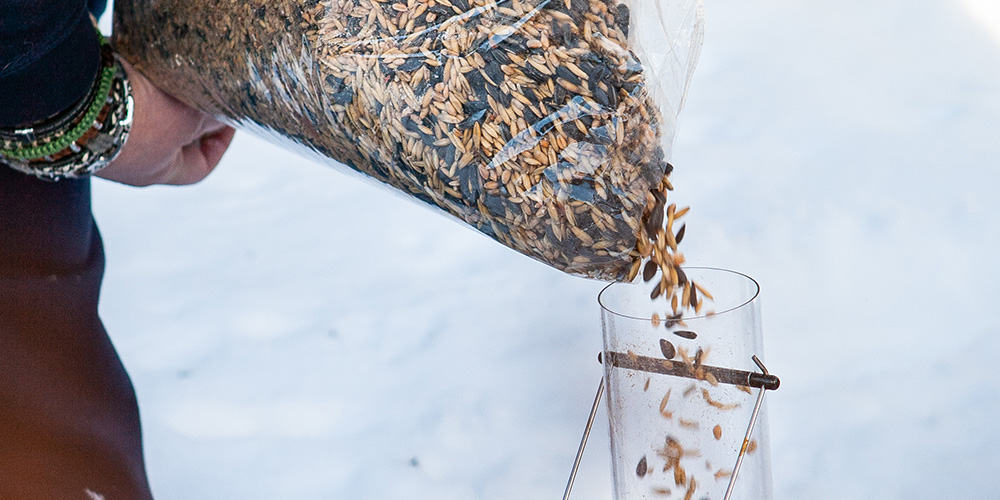
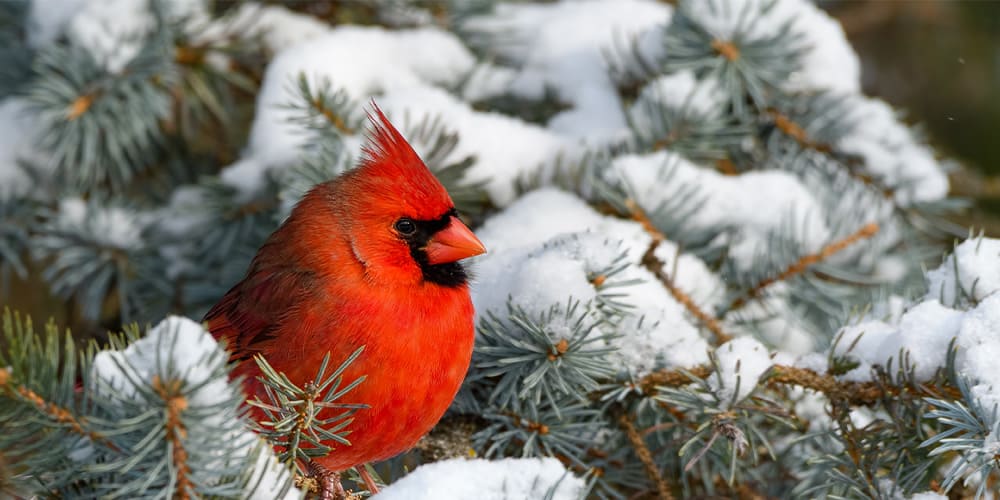 Observe and Form a Relationship
Observe and Form a Relationship